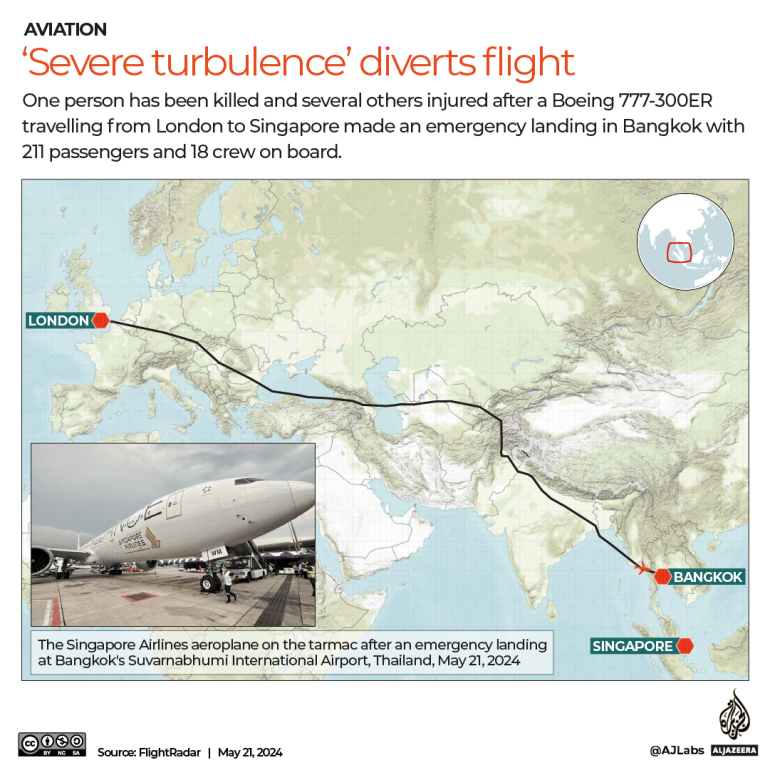Come 15 February this year, Singapore will mark 78 years since its fall to the Japanese in 1942 – the start of several tumultuous years of the Japanese Occupation of Singapore.
Stories of the Fall of Singapore and the Japanese Occupation of Singapore are usually associated with prominent war sites or National Monuments, such as Fort Siloso, Former Ford Factory, Fort Canning or Adam Park. There are, however, other sites and structures around Singapore that have links with the war, but are lesser known. For instance, while our Civic District is well-known as the site where Raffles landed, what is less well-known is the role it played during the war as the Japanese wartime administrative centre not only of Singapore or Malaya, but much of Southeast Asia as well.
These key aspects of our nation’s wartime history will be showcased as part of the National Heritage Board’s (NHB) annual Battle for Singapore which encourages Singaporeans to delve into and explore different perspectives on Singapore’s World War II (WWII) history.
This year, the Battle for Singapore programmes are organised by NHB in partnership with Singapore Land Authority, Museum Roundtable (MR) members and heritage groups such as All Things Bukit Brown, NUS History Society and Museum Volunteers.
Mr Alvin Tan, Deputy Chief Executive (Policy & Community), NHB, said:
“Through Battle for Singapore 2020, we hope to interest more Singaporeans in our WWII history so that they can understand the impact of the Japanese Occupation on Singapore and Singaporeans, better appreciate the WWII buildings and sites in Singapore, and reflect on the importance of remembrance, resilience and reconciliation.”
Battle for Singapore 2020 Programmes
From 8 to 29 February 2020, members of the public can participate in a wide variety of WWII-related programmes. These include 74 guided tours offered by NHB comprising crowd-favourite tours to two lesser known WWII-related sites (i.e. Former Admiralty House and Former View Road Hospital), soapbox tours at National Museum of Singapore, and more. Members of the public can also look forward to public talks on topics such as Prisoner-of-War art, the Nanyang Mechanics, as well as other offerings at participating MR museums such as tours at Former Ford Factory and in Sentosa, and storytelling sessions by wartime survivors and their relatives at Eurasian Heritage Gallery.
Some of the highlights for this year’s Battle for Singapore include:
Former Admiralty House & Bunker (NEW)
A special access tour* of Former Admiralty House (now Canberra House) and its surrounding features to learn more about Singapore’s strategic position in WWII and the stories behind the building – such as how it was used to accommodate key military commanders based in Singapore. Participants will even get to enter an underground bunker that dates back to WWII.
Former View Road Hospital (NEW)
A special access tour* of the Former View Road Hospital, which once served as accommodation for the British Naval Base Police Force, as a Japanese military installation during the occupation, and after the war as a branch of the Woodbridge Hospital until 2001. The tour will focus on the building’s past dating back to WWII and the Japanese defence of Singapore during the Japanese Occupation.
WWII Japanese Administration in Singapore (NEW)
A tour that will introduce participants to the WWII history of some of our beloved buildings in the Civic District and the role they played in Japan’s wartime administration of Southeast Asia. The tour will also shed light on several figures who shaped the lives of Singaporeans during the war, and how the Japanese planned to transform the city into a “nerve centre” of the Greater East Asia Co-Prosperity Sphere.
When Singapore Fell @ Singapore History Gallery (NEW)
A soapbox tour of the Singapore History Gallery at National Museum of Singapore. Led by guides from Museum Volunteers, this tour will offer participants a glimpse into the events leading up to the Fall of Singapore in 1942.
When Singapore was Syonan @ Surviving Syonan Gallery (NEW)
A soapbox tour where visitors will be led through four stations in National Museum of Singapore’s Surviving Syonan Gallery by Museum Volunteers, who will share stories of resilience, creativity, and love during one of the darkest periods of Singapore’s history.
The Darkest of Times – Living under the Japanese Rule (NEW)
A guided tour of the Former Ford Factory that will provide insights into life during the Japanese Occupation through archival records, artefacts and a documentary screening featuring wartime footage and interviews.
Battle of Singapore Tours at Sentosa A series of tours at Fort Siloso in Sentosa that will cover the strategies, plots, and follies that led to the Fall of Singapore in WWII. Participants will get to explore the remains of the 19th century British coastal artillery and fortifications as they are taken through the tunnels to the Surrender Chambers, where they will witness the two surrender signings in the form of iconic waxworks.
Eurasian Heritage Gallery – Battle for Singapore Special Tour Programme (NEW)
A guided three-part, and craft filled, tour of the Eurasian Heritage Gallery where visitors will get the opportunity to hear first-hand accounts of WWII from wartime survivors and their relatives through storytelling sessions.
Changi Wall Murals by Mr Jeffrey Say (NEW)
A talk that will discuss Prisoner-of-War (POW) art by focusing on the Changi Wall Murals. The talk will also highlight notable artistic personalities who interned at Changi during the Japanese Occupation of Singapore.
*Battle for Singapore 2020 will include special access tours to the Former Admiralty House and
the Former View Road Hospital, which are presently closed to the public.
Members of the public may visit www.museums.com.sg for more information and to sign up for Battle for Singapore 2020 programmes. Registration commences 3 February 2020, Monday, at 12 noon, and slots on the programmes will be allocated on a first-come first-served basis.
In support of Battle for Singapore, MR members will also be showcasing a series of artefacts from their collections that tell the story of WWII history through the lens of their respective museums, on the I Love Museums Facebook Page, throughout the month of February.









